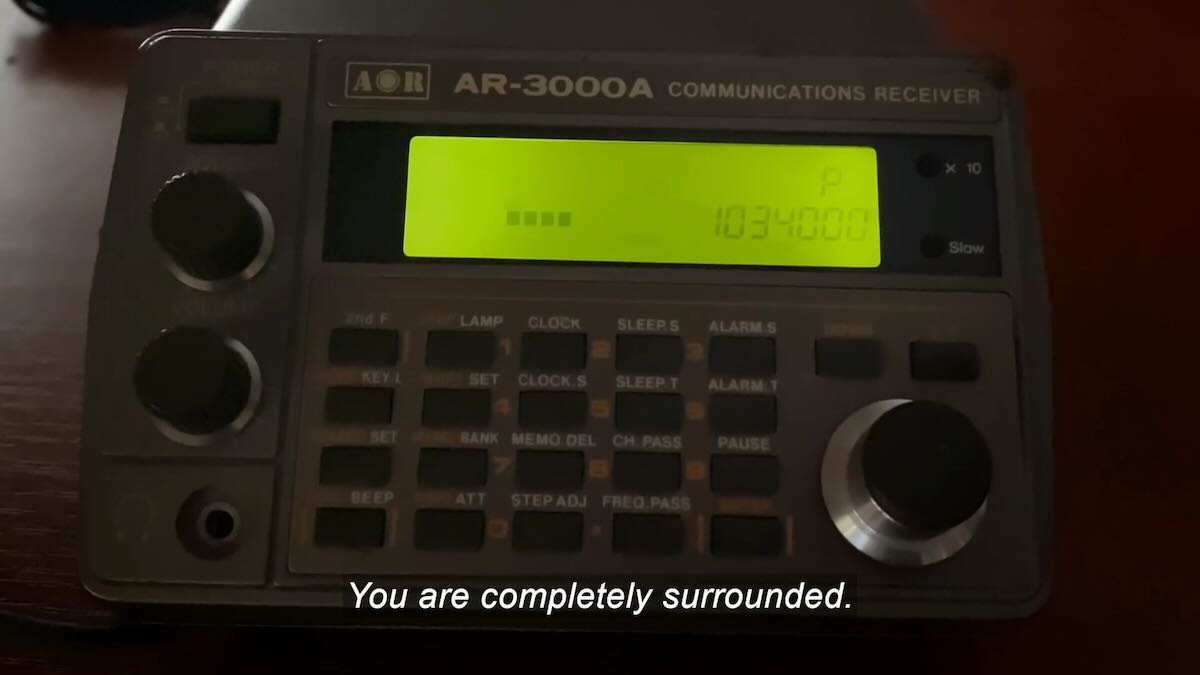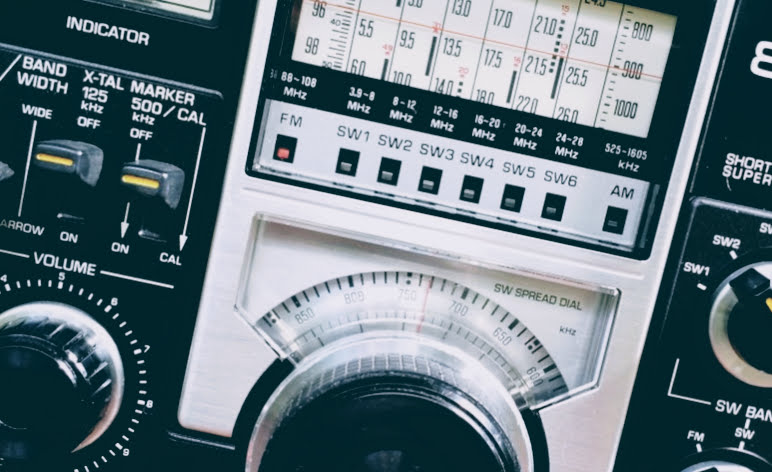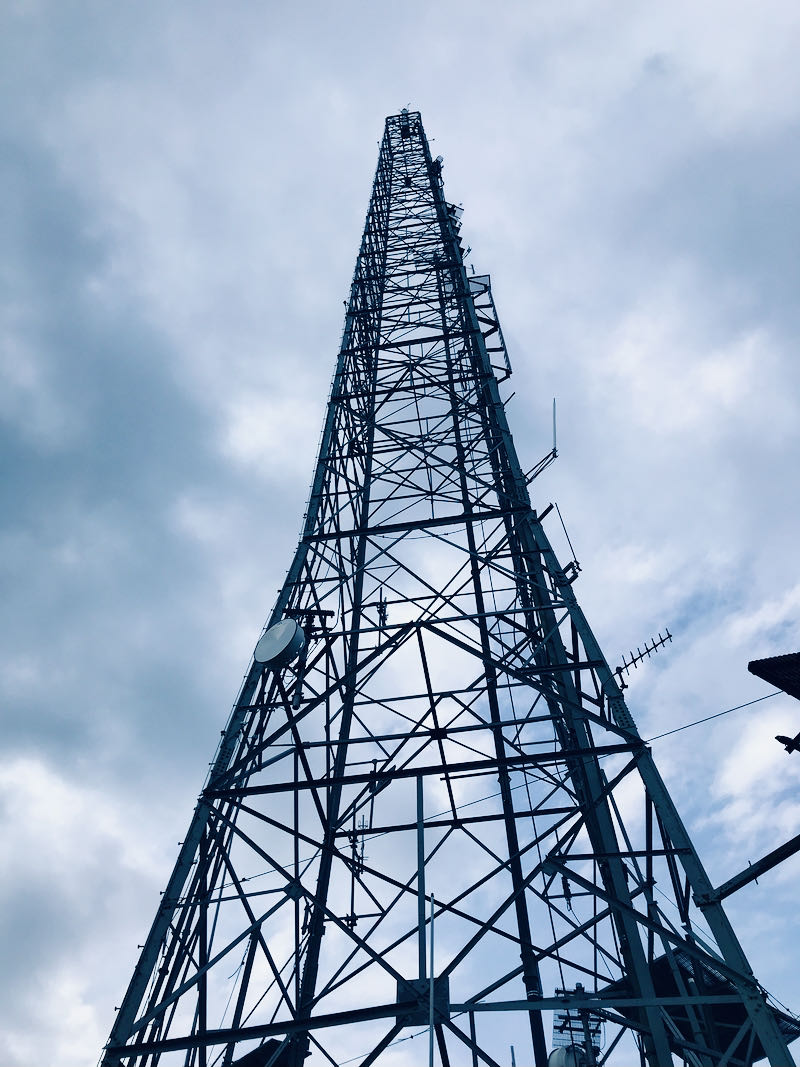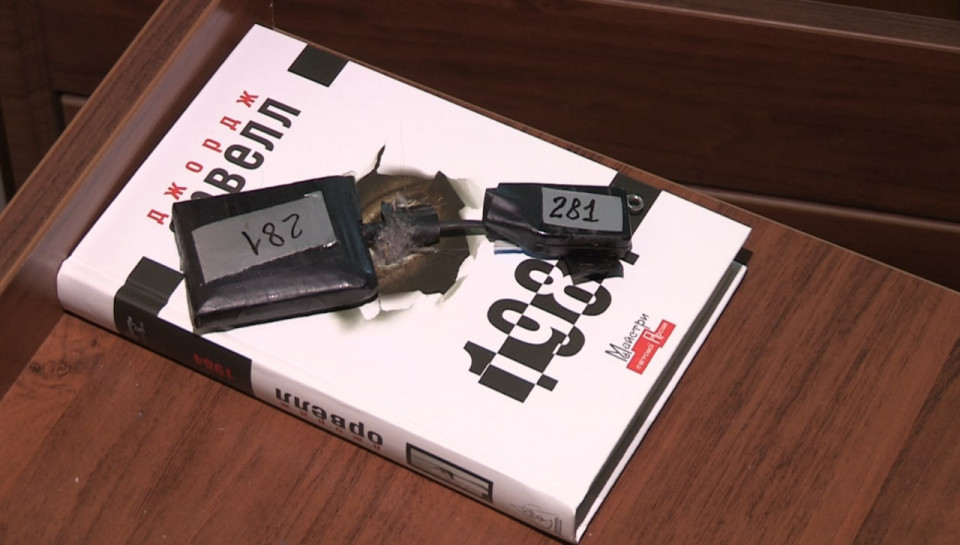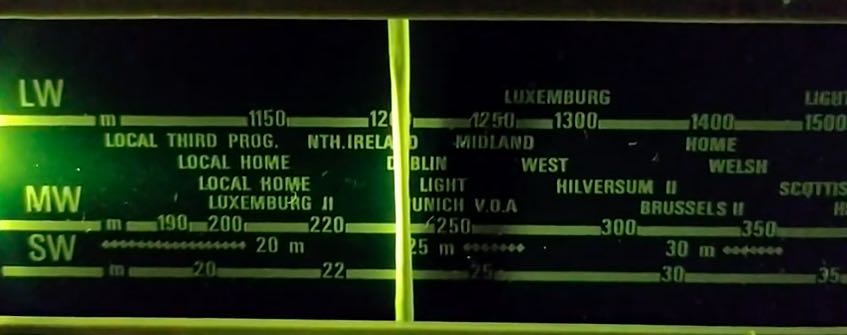
Radio Waves: Stories Making Waves in the World of Radio
Welcome to the SWLing Post’s Radio Waves, a collection of links to interesting stories making waves in the world of radio. Enjoy!
Many thanks to SWLing Post contributors Dennis Dura, Mark Koskinen, Stuart Smolkin, and Ron Chester for the following tips:
The Hubbard station now is a full-time, all-digital operation
WWFD in Frederick, Md., has concluded the experimental phase of its MA3 HD Radio operation. It has notified the FCC that after five years, it will now continue to operate as a full-time all-digital AM station as is allowed under commission rules.
Dave Kolesar at a meeting of SBE Chapter 37 in Wheaton, Md.
The Hubbard-owned facility was the first AM station in the United States to convert to the MA3 mode, doing so under experimental authority in 2018.
Dave Kolesar, the engineer and program director who spearheaded the initiative and has given numerous presentations at engineering conferences about it, tells me that Hubbard recently asked the FCC to conclude the special temporary authority. [Continue reading…]
Segment connected Canadians, kept the country on time for over 80 years
The beginning of the long dash indicates exactly 1 o’clock eastern standard time.
For more than 80 years the beeps and tones of the National Research Council (NRC) time signal have connected Canadians at exactly 1 p.m. ET.
But as of Monday, CBC Radio One audiences won’t be listening for the beginning of the long dash — they’ll have listened to the end of it.
Variations of the daily message and the “pips” that sound along with it have played over CBC’s airwaves since Nov. 5, 1939 — forming a link that connects Canadians from coast to coast to coast.
CBC and Radio-Canada have announced they’ll no longer carry the National Research Council (NRC) time signal.
Monday marked the last time it was broadcast, ending the longest running segment on CBC Radio. [Continue reading and listen to the report on the CBC...]
The Aerospace Industry Association and the Air Line Pilots Association International have voiced interference concerns
Several aviation groups have recently expressed concern about the potential for interference on navigation systems if a proposal to increase power for digital FM stations in the United States is adopted. Now, HD Radio developer Xperi said it is working to address those concerns.
In comments filed with the FCC (MB Docket 22-405), the Aerospace Industries Association (AIA) and the Air Line Pilots Association International (ALPA) raised the possibility of interference between HD Radio stations at 107.9 MHz and the adjacent Aeronautical Radio Navigation Service (ARNS) band operating from 108.0 – 117.975 MHz.
The ARNS band is occupied by safety critical navigation and landing systems essential for safety of flight, according to the groups. They include Instrument Flight Rules (IFR) needed for landing during low visibility conditions at night and during inclement weather. [Continue reading…]
State broadcast leaders have unveiled details of a North Carolina Broadcast History Museum. Details were announced during a press conference that took place on Friday, October 13th at the Governor’s Mansion in Raleigh, NC.
The museum initiative is a 501(c) 3 non-profit corporation dedicated to preserving North Carolina’s broadcasting legacy.
North Carolina has a rich broadcast history, dating back to March 1902, when radio pioneer Reginald Fessenden transmitted a 127-word voice message from his Cape Hatteras transmitter tower to Roanoke Island. Then fast forward to July 23, 1996, when WRAL-TV became the first television station in the United States to broadcast a digital television signal. The state has been and continues to be a wealth of pioneers and innovators in industry.
North Carolina has been and continues to be a wealth of pioneers and innovators in industry. The State has numerous famous broadcast personalities, including Andy Griffith (born in Mount Airy), Charles Kuralt and David Brinkley (both from Wilmington), National Sportscaster Jim Nantz (from Charlotte), and National Public Radio Newscaster Carl Kasell (from Goldsboro).
The Museum is seeking assistance from the public and people who worked in broadcasting to collect artifacts, documents, photographs and recordings that chronicle the history of prominent radio and television stations, broadcasters, programs and events. Through exhibits and collections, the Museum seeks to highlight the contributions made by North Carolina Broadcasters in shaping the industry and the state’s culture landscape.
The Museum is guided by a distinguished group of broadcast professionals that include Caroline Beasley, CEO, Beasley Media Group; Don Curtis, CEO, Curtis Media Group; Jim Goodmon, CEO, Capitol Broadcasting Co.; Wade Hargrove, media lawyer; Harold Ballard, Broadcast Engineer; Carl Venters, Jr., Broadcast Executive; David Crabtree, CEO, North
Carolina Public Media, Dr James Carson, Broadcast Executive; Jim Babb, Broadcast Executive, Cullie Tarleton, Broadcast Executive, and former member of the NC House of Representatives; Dave Lingafelt, Broadcast Executive, Carl Davis, Jr., Broadcast Engineer, Jim Heavner,
Broadcast Executive, and Mike Weeks, Broadcast Executive.
The North Carolina Broadcast History Museum web site will serve as a digital repository accessible by the public that will grow in content and importance as items are gathered and
displayed. The museum web site is under construction and currently available online at www.NCBMuseum.com. Future plans include a brick-and-mortar facility for education, inspiration and enjoyment.
For more information, please contact Michael Weeks, North Carolina Broadcast History Museum Board Trustees Chairman, at [email protected] or call 252-721-0470.
Ukrainian Deputy Prime Minister Mykhailo Fedorov announced on Tuesday the launch of radio technology that “cannot” be blocked by Russian jamming.
Fedorov, who also serves as Ukraine’s Minister for Digital Transformation, wrote on Telegram that the Himera radio is “a unique technology that works despite enemy electronic warfare,” according to Ukrainska Pravda’s translation.
“The Russians cannot block the radio’s signals or decrypt it,” he said, adding: “The radio can also be integrated into a situational awareness system or used as a GPS tracker to search for and evacuate soldiers.”
Russia’s electronic warfare capabilities have long proved a thorn in Ukraine’s side, as Michael Peck previously reported for Insider.
Russia has managed to achieve “real time interception and decryption” of the Motorola walkie-talkie systems in widespread use by Ukraine, according to a May report by the Royal United Services Institute. [Continue reading…]
Do you enjoy the SWLing Post?
Please consider supporting us via Patreon or our Coffee Fund!
Your support makes articles like this one possible. Thank you!


